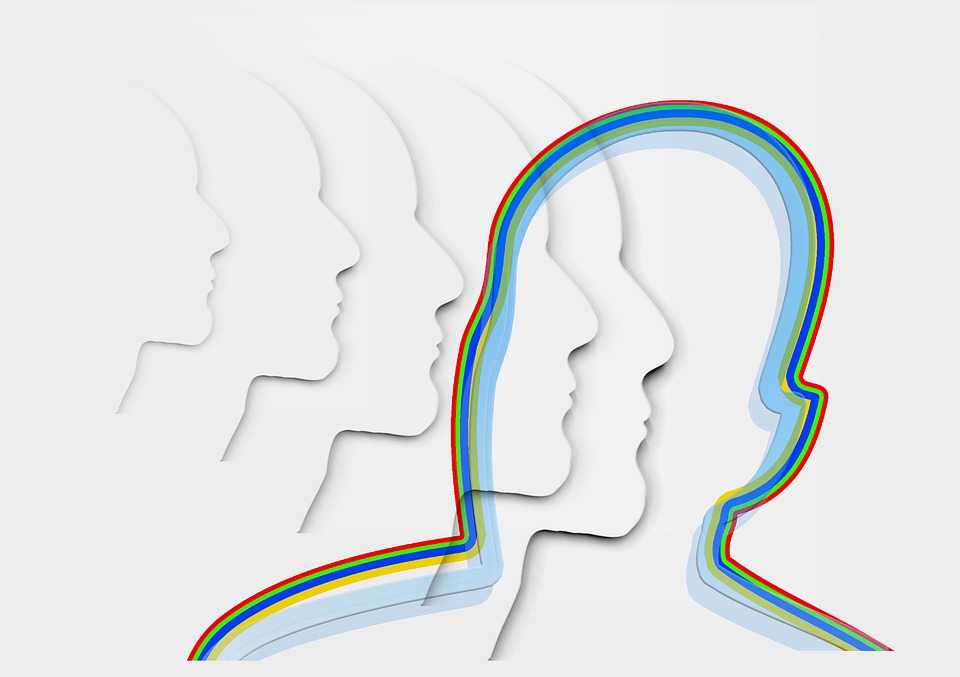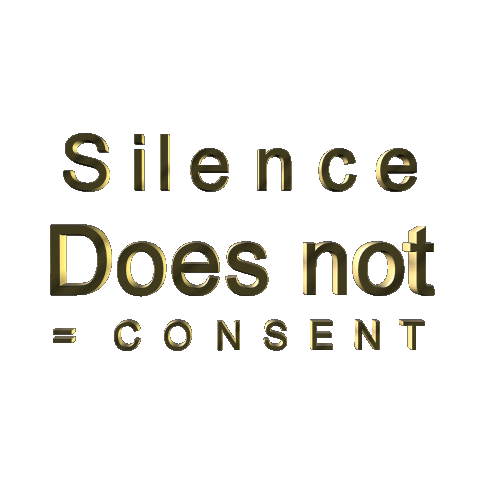This post contains such spoilers for Avengers: Endgame! Only keep reading if you are down.
Poor Natasha. An original Avenger, the only woman for a stretch of years, and now, her story is abruptly concluded. She didn’t make it to the final fateful Assembly of Avengement. She traded herself for the Soul Stone, so Hawkeye (everyone’s favorite Avenger, amirite?) could bring back the goods for the team. There’s a lot to unpack in one bit of a very lengthy film. That’s why you’ve got me, kid.
So the death scene. Natasha and Clint struggle on the edge of a Vormirian cliff in a scene that mirrors Thanos and Gamora’s struggle there in Infinity War. That earlier scene was problematic on a multitude of levels, but Mikey covers it beautifully, so watch his video on the topic. One problem Thanos’s “sacrifice” of Gamora left us with is the question of love. Were we to think that Thanos’s murder of his daughter, an act that capstoned a lifetime of abusive behavior, was love because Thanos got all teared up? Infinity War left us hanging on this matter, and that’s not to the prior film’s credit.
Natasha and Clint, faced with the same circumstance as Thanos also struggle on that cliff, but they fight over which of them will die to procure the Soul Stone. The good thing about this scene is that we see how heroes do love, not by sacrificing whomever is nearby, but by accepting the cost personally. We are reminded in the moment that Thanos is not a tragic good guy with Very Harsh But Not Necessarily Entirely Bad ideas; he’s a villain with selfish, grandiose ideas, and those ideas are Real Bad. I appreciated this contrast as I watched Endgame for the first time. Then Widow “won” the fight and plunged to her death.
And it turned out that these two scenes ended in the same way, with a dead woman at the bottom of a cliff. This was actually the only scene in Endgame that took me entirely out of the film, forcing me to confront the utter misogyny of this character arc on a variety of levels.
Natasha has never been a character understood by the male writers and directors who have tried to situate her. I remember seeing the original Avengers movie posters and pondering Black Widow’s entirely underrated superpower of displaying both her ass and her boobs simultaneously in two dimensional space. What character development did Natasha get over the course of six (I’m just taking a stab at this number- feel free not to quote me) movies? She was a maybe love interest for Hawkeye, Captain America, and Bruce Banner. That’s fun! We discover in Age of Ultron that she can’t have children, which is Terribly Sad. Except- couldn’t someone be a woman without interests in kids or romance? Natasha, as these character beats (that’s generous of me, I know) suggest, the writers couldn’t really imagine Natasha. Who is she? What drives her? In Endgame she says: “All I have is this job.” This is in many ways pretty accurate, since we never see anything of her beyond her work. Even Hawkeye, who like Black Widow has not had an individual movie, has a family that figures into his characterization. In Natasha’s case there seems to have been a dearth of imagination when it came to giving her a life. What would a woman without a family do or be? When she was hanging out with Captain America, she was absorbed in his drama. With Ironman, the same. And now in Endgame we are expected to believe that these moments were all there was. She didn’t have an off-screen life either.
So she decides to sacrifice herself for the team because this is all she is. Sacrifice is a recurrent theme in super hero movies. Heroes are often construed as heroic because they do sacrifice themselves. It happened in Infinity War; Dr. Strange sacrificed the Time Stone and consequently himself (and consequently a lot of other people) to save Tony and ultimately the world. Captain America faces off against Thanos and his entire army, aware that this fight will end in his death (except for portals!). Tony’s final heroic sacrifice too is a significant moment in the film.
There is no way of extricating sacrifice and gender though. Natasha’s death, not the climax of the movie, leads directly into a scene with five men thinking about how sad they are because she’s dead. Tony’s death, in contrast, is not rising action but the climactic conclusion, not just of this movie but of (I’ll say) twenty movies.
Natasha’s death reminded me of Shel Silverstein’s classic misogynist text “The Giving Tree.” in this poem, a tree that is a favorite of a little boy gives him shade while she’s alive and then hacks herself to pieces, finally dying so he can sit on her corpse-stump. This was Natasha too. She provided the feminine foil or romantic interest for male characters when these things were called for. Then she dies to give these same male characters one last emotional push before the final battle.
As a side note, lots of people were upset about Steve Trevor’s heroic self-sacrifice at the end of Wonder Woman. The sacrifice of a masculine love interest to further the development of a femme hero was a not-so-terribly coy nod to all of the femme love interests who have tragically perished.
Then there is even further context. Jeremy Renner, the actor who plays Hawkeye, made a sexist comment about Black Widow’s sluttiness in an on-camera conversation with Chris Evan’s years ago. They both apologized, one more successfully than the other. But the attitude of these actors toward this character is revealing. And let’s not forget that this year people were complaining that Brie Larsen should “smile more” as Captain Marvel, a request she- ah- turned down.
How many women have worked on Marvel movies as writers and directors? That question isn’t rhetorical. Go look it up. Therein lies the answer to why Black Widow couldn’t survive Endgame. It wasn’t because her story was over. Her story never even got told at all. She died as she lived: voluptuous character foil for the men who surrounded her.
When I saw the original Avengers, I was so glad for Natasha. If we hadn’t had her, we’d have had no one. But I was the one living on scraps.
So I mourn her, not because of Endgame, but because she never got to be anything at all. Hire more women, Marvel. Oh, and if you give us the femme power movie you teased for about twenty seconds in a movie containing over 10,000 seconds, please hire femme writers and directors for that project as well.
Good night, sweet Widow. I hope that super hero heaven is Thermyscira, at least for you.
 In a
In a  There is no movie, really, that captures the zeitgeist of 2017 like Star Wars Episode VIII. Wonder Woman crossing No Man’s Land brought us hope, sure, but The Last Jedi has nailed the moment. An oppressive, Nazi-like First Order taking over the entire galaxy: check. Tiny flames of hope mostly found in the acts of women and people of color: check. Awesome battles on salt planets: it’s only a matter of time.
There is no movie, really, that captures the zeitgeist of 2017 like Star Wars Episode VIII. Wonder Woman crossing No Man’s Land brought us hope, sure, but The Last Jedi has nailed the moment. An oppressive, Nazi-like First Order taking over the entire galaxy: check. Tiny flames of hope mostly found in the acts of women and people of color: check. Awesome battles on salt planets: it’s only a matter of time.





